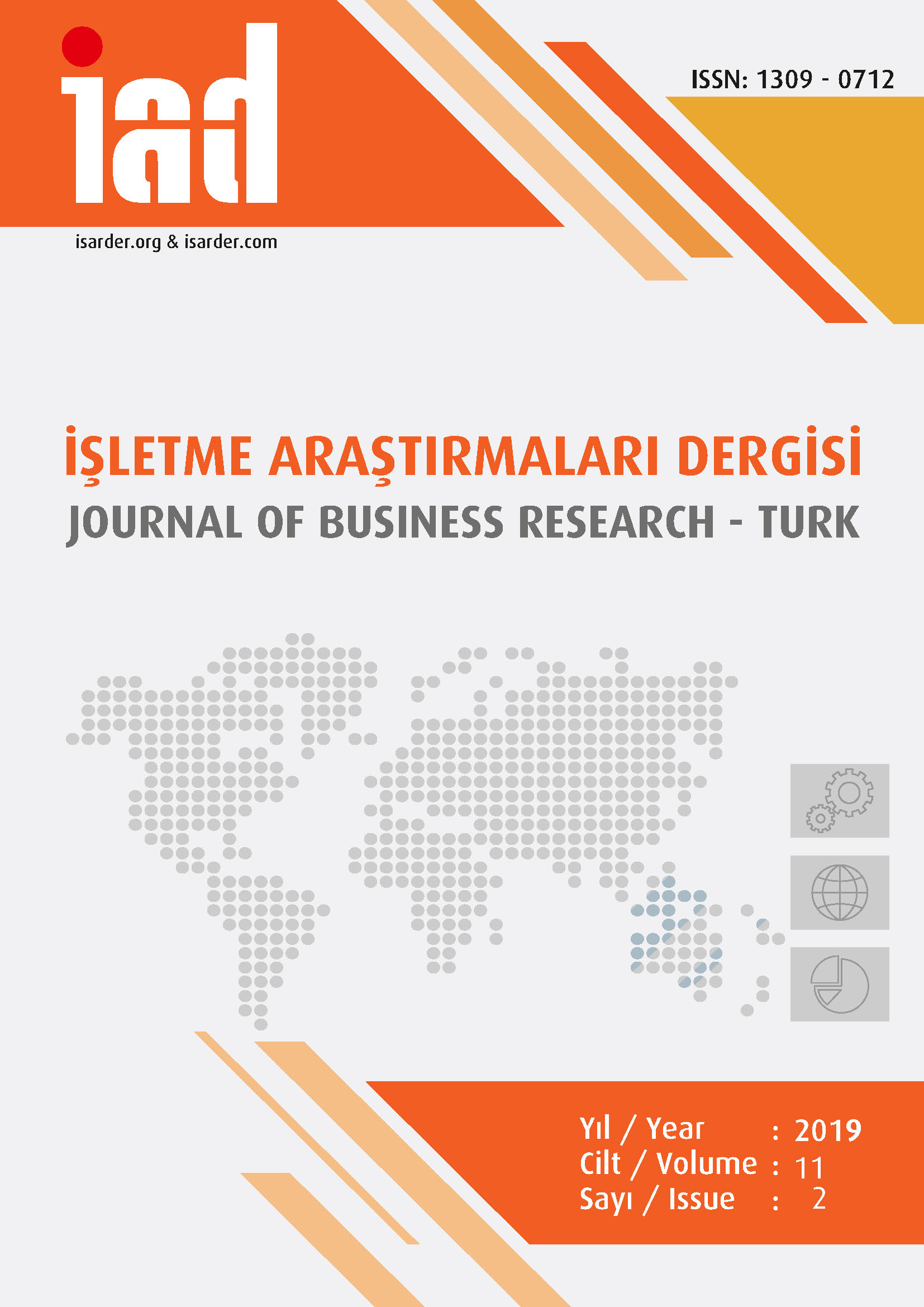The Impact of Firm Specific Characteristics on The Relation Between Financial Distress And Capital Structure Decisions
Keywords:
Capital Structure, Financial Distress, Borsa Istanbul, Panel DataAbstract
Purpose – This study investigates the effect of some of the firm level variables on the relation between financial distress and capital structure decisions. Design/ methodology/approach – The manufacturing firms listed in Turkish market between 2007 and 2017 are analysed. Fixed effect panel regressions are used in the analyses. Findings – Financial distress level increases as leverage and short-term debt maturity usage increase. Firm size, return on equity, asset tangibility variables are reported as effective on the association between leverage and financial distress. Return on equity and asset tangibility have impacts on the relation between financial distress and debt maturity. Discussion – The findings show that increased debt level results in higher level of financial distress which is in line with Trade-Off Theory. As the debt level of more profitable firms increases, the financial distress level of those firms increases. Moreover, increasing debt among large firms causes higher level of financial distress. Asset tangibility is also effective in reducing negative impact of debt on financial success. Increasing long term debt among firms with higher ROE, results in increased financial distress levels. Finally, increasing long-term debt ratio among firms with higher tangibility causes higher financial distress level.
Downloads
Published
How to Cite
Issue
Section
License

This work is licensed under a Creative Commons Attribution-NoDerivatives 4.0 International License.





